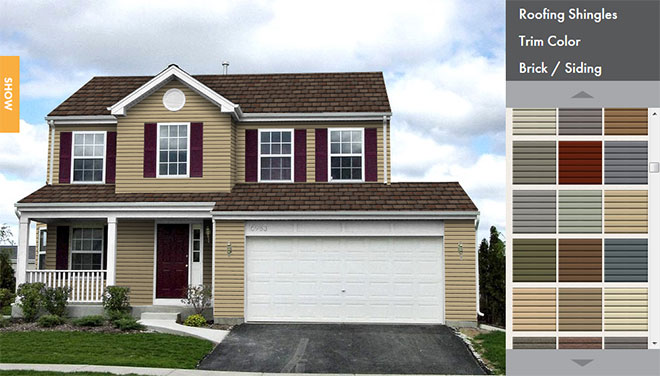Commercial Buildings With Flat Roof Systems
Commercial Buildings With Flat Roof Systems Need To Be Aware Of Structural Snow Loads
Perhaps the most serious concern regarding the recovering of existing roofs is that of structural load capacities. All building structures are designed to accommodate a certain amount of weight. In addition to the weight of the roof framing members and the roof system itself, the structure must also be able to hold a certain load of snow.
Structural Snow Loads
The weight of snow for which a structure must be designed is established by building codes. The farther North a building is located the greater the required snow load. Though the installation of an additional roof system my not lead to structural failure in and of itself; it may very well reduce the amount of snow that can be accommodated. By not considering this issue a building can be left in a structurally compromised state and place it in violation of the building codes.
A building built prior to the late 1970s may be more prone to collapse due to snow drifts. Particularly where there are roof elevation differences or unusual shapes. Since then, building codes began to require that roof shapes be designed for snow drifts. Even so, commercial buildings often have flat roofs.
The best source for determining how much snow load a building can handle is the design plan. These designs can range from having a snow load of 10 to 20 lbs per square foot, to between 40 and 70 lbs per square foot. IBHS offers these general guidelines to help estimate the weight of snow:
- Fresh snow: 10-12 inches of new snow is equal to one inch of water, or about 5 lbs per square foot of roof space, so you could have up to 4 feet of new snow before you need to worry.
- Packed snow: 3-5 inches of old snow is equal to one inch of water, or about 5 lbs per square foot of roof space, so anything more than 2 feet of old snow could be dangerous.
- The total accumulated weight of two feet of old snow and two feet of new snow could be as high as 60 lbs per square foot of roof space, which is getting toward the design limits of even the best designed roof.
- If there’s ice, it’s much heavier, with one inch equaling about a foot of fresh snow.
Commercial Buildings With Flat Roofs
Commercial buildings with flat roofs are particularly vulnerable to water leaks if ice dams keep water from flowing into roof drains. Ice dams don’t actually have to clog the drains and in fact the drains are frequently clear and open. The ice forms a ring around the drain and sometimes a dome over the drain that keeps water from flowing. When the roof doesn’t drain properly, snow and ice are retained adding loads to the roof and rainfall can add significant loads because it remains trapped on the roof.
Snow buildup around windows and against walls also can lead to water damage. To maintain proper drainage and reduce the risk of leaks in basements, remove snow from window wells and against all walls. Clear debris from basement drains. Make sure gutters are clean and stable to ensure proper drainage.
Flat Roof Inspections
Severe winter weather can’t be avoided, but following these guidelines will help your business avoid the costly pitfalls that often accompany it. Maintaining your building is critical to continue to serve the customers and employees that have come to count on you. Regular Roof Inspections are one of the best investments commercial building, business, and facility owners can make.
For safe removal that won’t endanger you or damage your roof, consult a reputable Minnesota commercial flat roofing contractor that is knowledgeable about flat roofs.
If you are planning to install a new roof for your building, the best thing that you can do is to contact a professional roofing contractor that has extensive experience working with commercial roofing systems.




 Click Here
Click Here Click Here To Use
Click Here To Use